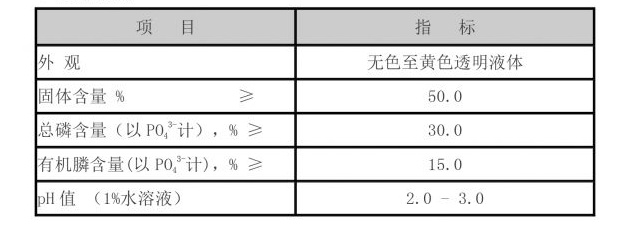Polyacrylamide Flocculant Applications in Effective Water Treatment Solutions
Polyacrylamide Flocculant in Water Treatment
Water treatment is an essential process for maintaining the health of our ecosystems and ensuring that we have access to clean drinking water. Various methods and materials are employed to enhance water quality, among which polyacrylamide (PAM) flocculants have emerged as a crucial element in the treatment process. This article will discuss the importance of polyacrylamide flocculants in water treatment, their mechanisms of action, and their environmental implications.
Polyacrylamide is a synthetic polymer derived from acrylamide monomers. When used as a flocculant in water treatment, PAM plays a significant role in the aggregation of suspended particles, allowing them to form larger clusters known as flocs. This process, known as flocculation, facilitates the removal of impurities, sediments, and microorganisms from water, making it clearer and safer for consumption.
One of the most significant advantages of polyacrylamide flocculants is their versatility. They are available in various forms, including anionic, cationic, and non-ionic varieties. The selection of the appropriate type of PAM depends on the nature of the particles to be flocculated and the specific conditions of the water being treated. For instance, anionic polyacrylamides are typically used for treatment processes involving positively charged particles, while cationic types can effectively treat negatively charged particles. This customization allows for highly efficient flocculation processes tailored to specific water treatment needs.
polyacrylamide flocculant water treatment

The mechanism by which polyacrylamide flocculants operate is relatively straightforward. When added to water, PAM molecules adsorb onto the surface of suspended particles. The chains of the polymer extend outwards, creating a network that attracts other particles, leading to the formation of larger aggregates. Over time, these flocs settle at the bottom of the treatment vessel, making it easier to remove impurities. This enhances not only the clarity of water but also its overall quality by reducing harmful substances and microbes.
Beyond their effectiveness, polyacrylamide flocculants have garnered interest for their environmental implications. Traditionally, water treatment processes that rely on chemical coagulants can lead to the generation of sludge and other waste byproducts that may require further treatment or disposal. In contrast, PAM can potentially reduce sludge volume and improve the dewatering process, making it easier to manage waste generated during treatment.
However, it is important to acknowledge some concerns related to the use of polyacrylamide. One noteworthy aspect is the potential toxicity of acrylamide, a component of PAM. While the levels of acrylamide used in water treatment are regulated and generally considered safe, awareness about its toxicity is crucial. It has been identified as a potential neurotoxin and carcinogen in high doses. Therefore, ongoing research regarding the safe application and regulation of polyacrylamide in water treatment is essential for safeguarding public health and the environment.
In conclusion, polyacrylamide flocculants play a vital role in effective water treatment processes. Their ability to enhance flocculation, combined with their versatility and potential environmental benefits, make them invaluable in the field of water management. Nonetheless, responsible use and continuous research are necessary to mitigate any associated risks and ensure that the benefits far outweigh the potential downsides. As water quality continues to be a pressing global issue, the development and optimization of flocculants like polyacrylamide will be crucial in our efforts to provide safe, clean water for all.
-
Pbtc Scale InhibitorPBTC: A Scale Protector for Industrial Water TreatmentNewsAug.05,2025
-
Organic Phosphonate: An Efficient Defender in the Field of Scale InhibitionNewsAug.05,2025
-
Hydrolyzed Polymaleic Anhydride: Green Pioneer in Scale Inhibition FieldNewsAug.05,2025
-
PAPEMP Polyamino Polyether Methylene Phosphonic Acid For SaleNewsAug.05,2025
-
Flocculant Water Treatment: A Pioneer in Purification in the Field of Water TreatmentNewsAug.05,2025
-
Benzyl Isothiazolinone: An Efficient and Broad-Spectrum Antibacterial Protective GuardNewsAug.05,2025





